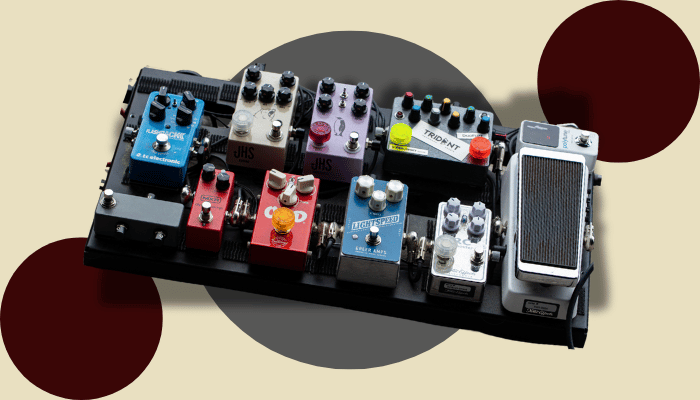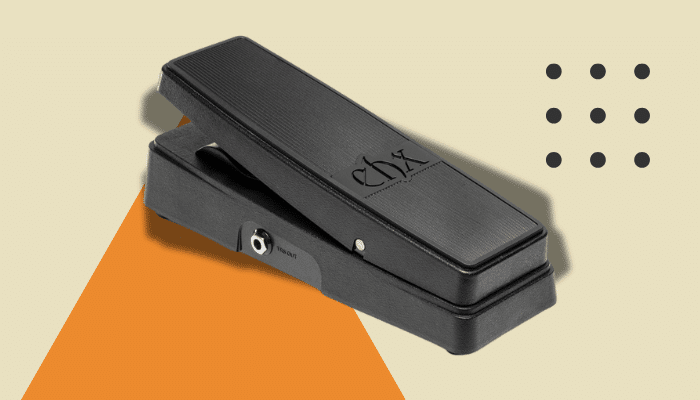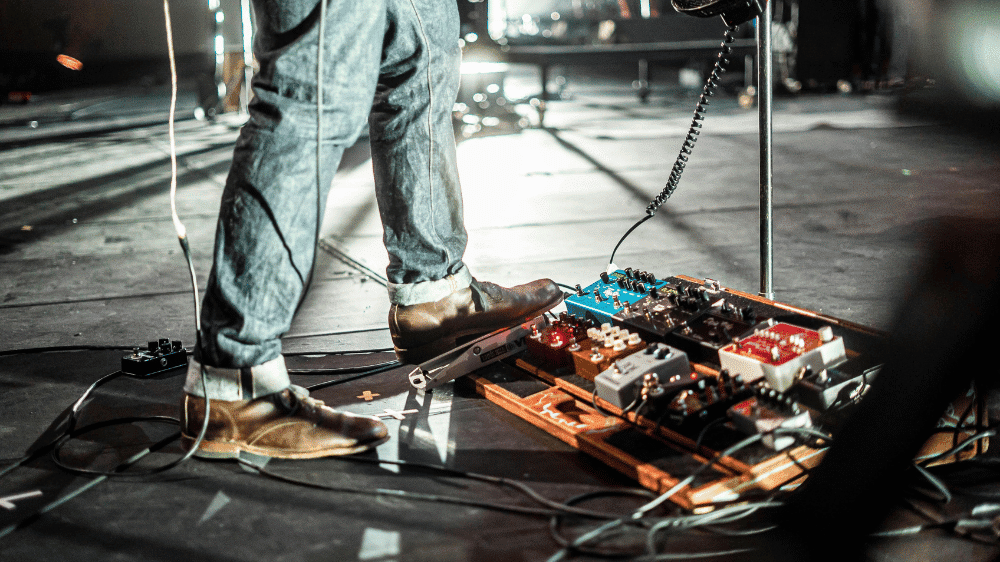If you’ve spent any time on guitar forums, you know pedalboard cable management is surprisingly controversial. Some players obsess over perfectly routed cables and ruler-straight pedal alignment, while others love and embrace “cable spaghetti” and swap pedals at will.
The real question isn’t which approach is right. Instead, it’s which one actually helps you make better music.
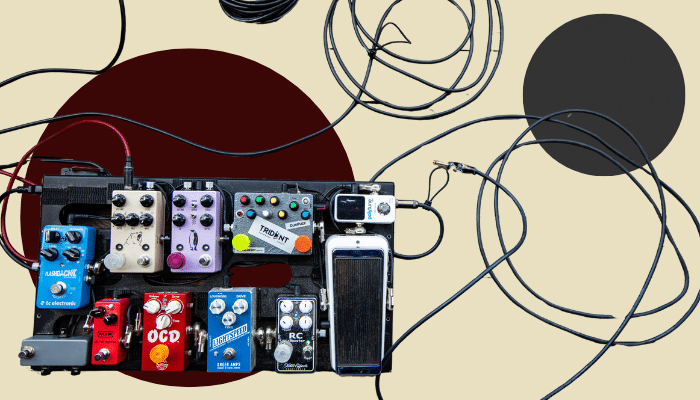
I used to be a neat freak who spent more time organizing my pedalboard than playing guitar. I once wasted an hour photographing my “perfect” board for a forum post, and when someone asked, “How does it sound?” I froze. Turns out, my obsession with pedalboard organization was killing my creativity.
But I’ve learned the answer isn’t choosing between pristine and chaotic. It’s finding your personal balance between reliability and flexibility.
In this article, I’ll break down the real benefits of both tidy and messy pedalboard setups, share what actual guitarists say about their approaches, and give you a practical framework for deciding how to organize a pedalboard that serves your playing style. Not your Instagram feed.
The Case for Tidy Pedalboard Organization
Before we entirely dismiss the idea of a perfectly organized pedalboard as Instagram vanity, let’s recognize something important:
Proper cable management delivers real, practical benefits that go beyond aesthetics.
Many experienced and pro players swear by meticulous organization for reasons that have nothing to do with looking good online.
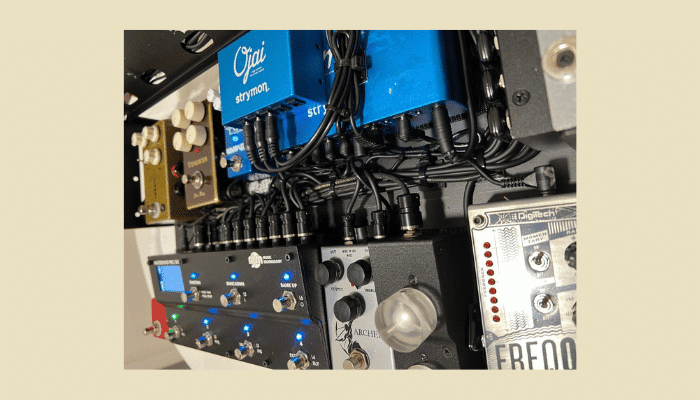
Reliability and Troubleshooting Benefits
A tidy pedalboard isn’t just a beautiful thing. It’s genuinely more reliable when it counts.
Pro-level pedalboard wiring reduces the chance of any connection failures during gigs. When cables are secured and routed deliberately, they’re less likely to work loose during transport or get snagged when you’re stomping pedals mid-song.
I read one player put it bluntly in a forum discussion about pedalboard cable management: keeping cables organized means “never having to delay a gig or session because of a busted connection.“
And, they’re right. When something does go wrong, an organized pedalboard makes troubleshooting dramatically faster.
If you’re hunting for a mysterious buzz or a dead pedal, clean cable routing lets you trace the signal chain visually in seconds. You’re not untangling a rat’s nest under stage lights, trying to find which cable came loose.
There’s also a psychological component worth acknowledging. Some players genuinely feel more confident with a clean setup. It signals attention to detail and professionalism. Others get legitimately anxious seeing pedals sitting crooked or cables crossing chaotically. That’s not weakness. It’s a matter of personal preference, and if a tidy board helps you focus on playing, that’s what matters.
Here’s the interesting part:
I’ve read forum posts from a professional network cabling technician who admits his own pedalboard looks like “absolute dog s**t.” He knows perfect cable management better than anyone, but doesn’t bother at home.
The point?
A tidy pedalboard works brilliantly for many players, but expertise doesn’t demand perfection.
🔗 Struggling to organize your pedals without losing tone or flow? Check out this step-by-step guide on How to Set Up a Guitar Pedalboard for a clean, reliable setup.
Why Messy Pedalboards Can Actually Work Better
I spent years obsessing over perfect pedalboard cable management, and it nearly killed my creativity.
That forum post incident I mentioned earlier? I’d spent an hour getting the lighting perfect, making sure every cable was visible and beautifully routed.
I realized I’d been so focused on organization that I hadn’t actually played through the thing in days.
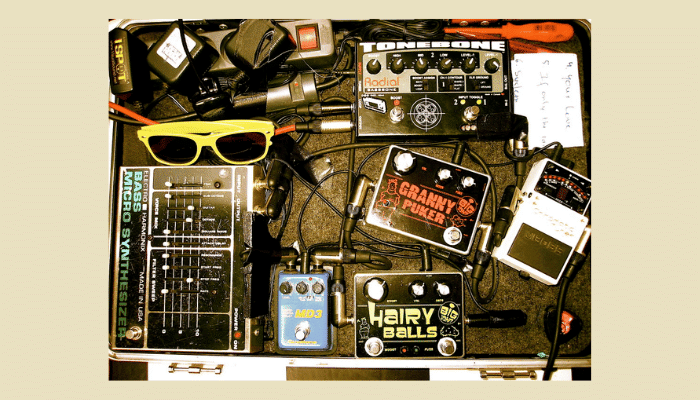
The Creative Cost of Over-Organization
Perfect pedalboard organization creates an invisible psychological barrier to experimentation.
When everything is zip-tied down with custom-length cables, swapping a pedal becomes a project instead of a quick experiment. I used to dread trying different pedal orders because I knew it meant at least 20 minutes of rewiring.
So I just… didn’t.
My “perfect” board stayed frozen in the same configuration for months, even when I suspected a different fuzz placement might sound better.
After I loosened up my approach by literally leaving cables longer and ditching the zip ties, I discovered five different fuzz positions I’d never bothered trying before. One of them became my most used solo tone.
I can now swap a pedal in under two minutes, which means I actually do it.
This isn’t laziness. It’s prioritizing experimentation over appearance.
Many experienced players embrace the “if it fits, it sits” philosophy because they understand a fundamental truth: no pedalboard setup is ever truly done. Serial pedal-swappers point out that meticulous cable management makes sense only when your configuration is stable. If you’re constantly tweaking, and most hobbyists are, you’re wasting time on rewiring sessions instead of playing.
The messy pedalboard approach sees cable management as an ongoing process, rather than a final achievement. Some chaos in your patch cables isn’t a failure. It’s a feature that enables creative flexibility.
Finding Your Middle Ground: Practical Pedalboard Cable Management Tips
I’ve found that the best way to organize a pedalboard isn’t choosing between a museum-perfect setup and total chaos. It’s building a system that stays reliable while allowing quick changes.
After testing both extremes, I’ve landed on a framework that actually works. A pedalboard that’s tidy enough to troubleshoot, but messy enough to evolve.
The “Tidy Enough to Troubleshoot, Messy Enough to Evolve” Philosophy
Here are the specific pedalboard wiring tips that transformed my approach:
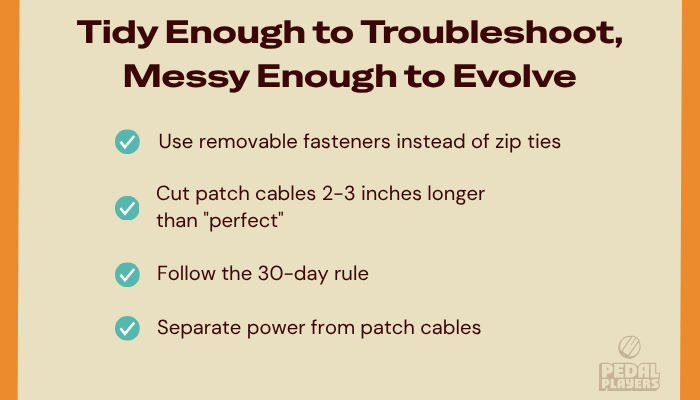
1. Use removable fasteners instead of zip ties
Velcro cable straps are your best friend here. I keep several attached to the underside of my board, and they hold cables securely without requiring scissors when I need to reroute.
This single change eliminated my resistance to trying new configurations because I’m not committed to permanent decisions.
2. Cut patch cables 2-3 inches longer than “perfect”
This extra slack looks slightly messier but provides important flexibility.
When I swap a reverb for a delay, I don’t need to remake cables. The existing ones still reach. If you’re making your own cables, build a variety of lengths and keep unused ones in your case.
3. Follow the 30-day rule
Don’t properly organize or lock anything down until it’s stayed in the same position for a month.
I’ve saved a lot of hours by not zip-tying configurations that I changed two weeks later. This simple rule prevents wasted effort on temporary setups.
4. Separate power from patch cable concerns
Here’s the key distinction in guitar pedal cable management. Power cables should stay neat because failures cause realproblems.
Patch cables can cross and loop because swapping them is part of the creative process. On my board, power routing is ordered, but patch cables are functional chaos.
🔗 Buzz, hum, or dead pedals? Power issues can ruin your sound fast. Learn how to avoid them in our guide: How to Power Guitar Pedals.
When to Prioritize Tidiness vs Flexibility
Context determines the right approach:
For gigging boards
Lean toward tidy. When reliability matters most, invest time in proper pedalboard cable routing. Use the right-length cables, secure everything that might work loose during transport, and test your setup thoroughly before the gig.
For home/studio boards
Embrace flexibility. This is where you experiment, so prioritize quick swap capability over visual perfection. A bit of cable crossing won’t hurt anything, but friction that prevents experimentation will.
Two-board solution
Many players maintain one stable, neatly wired board for performances and a second “sandbox” board for trying new pedals. If you’re constantly buying and trading pedals, this will give you both reliability and freedom.
Time yourself! Can you swap a pedal on your current board in under two minutes?
If not, you’ve probably over-organized. That speed threshold is the difference between “I’ll try this later” and actually doing it.
The Bottom Line
Your pedalboard’s main job is to help you make music, not win Instagram likes. The “right” level of pedalboard organization depends entirely on how often you swap pedals and whether you’re gigging or experimenting at home. Both tidy and messy approaches work for different players with different needs.
The key is distinguishing between messes that matter and those that don’t. Power cable failures can ruin gigs, so keep those neat. Patch cables crossing each other? That’s just visual noise that doesn’t affect your tone or reliability.
Here’s your action step:
Time yourself swapping one pedal on your current board. If it takes more than two minutes, you’ve probably over-organized. Try the 30-day permanence rule. Don’t tidy anything until it’s been stable for a month. See how much more freely you experiment when rewiring isn’t a project.
Pedalboard cable management is a tool, not a goal.
Find the balance that keeps you playing more and troubleshooting less. Your board doesn’t need to look perfect. It needs to sound great.







